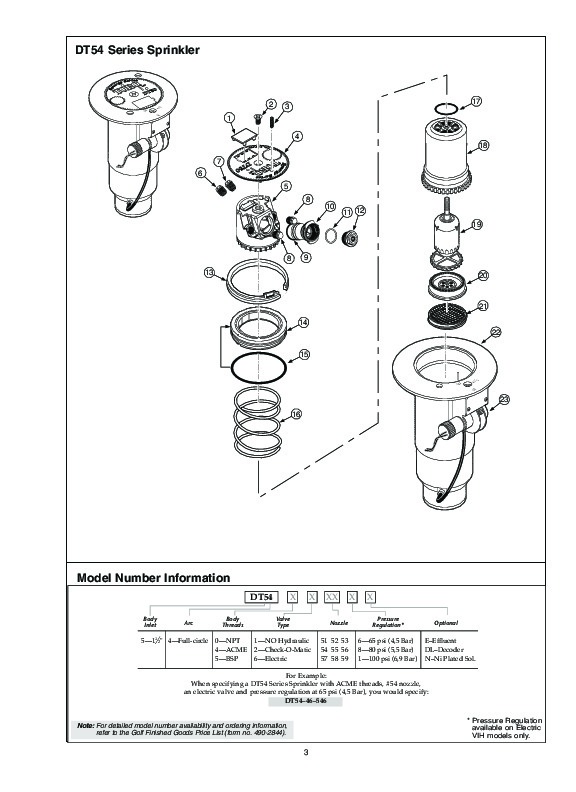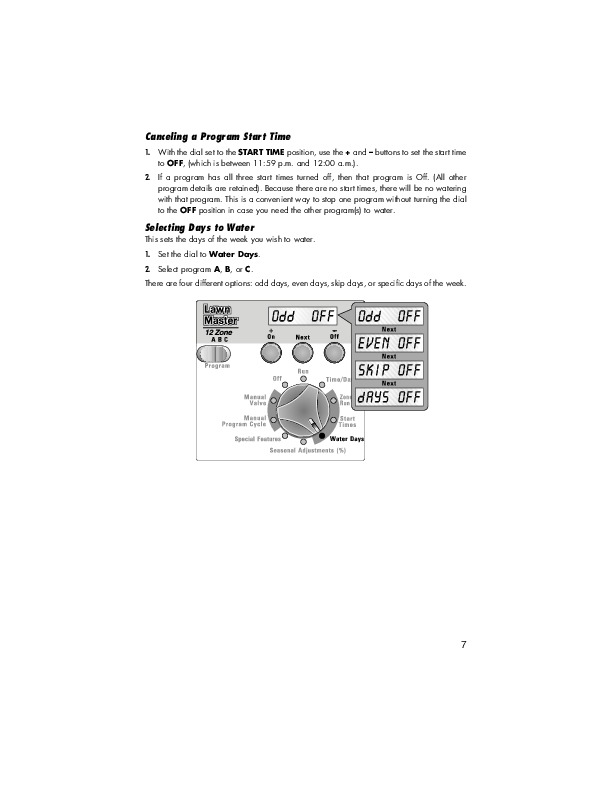Traning Summary
QTP Open Source Test Automation Framework Implementation Guide 2. Framework Implementation in QTP The Keyword-driven Framework is an application independent framework that performs all possible actions and verifications on an object. Hence, the code for the same object can be used across different applications. Explore the popular test automation frameworks for HP's UFT (formerly QTP). Find out the advantages and disadvantages of each automation framework.
In this course, you will learn test automation using QTP tool now called as Micro Focus UFT(Unified Functional Testing). It is recommended you refer the tutorials sequentially.What should I know?
This online tutorials are designed for beginners with little or no automation experience. Before you begin, refer this guide to install HP QTP. Knowledge of VBScript will help.Syllabus
| Tutorial | What is QTP/UFT Automation Testing Tool? |
| Tutorial | How to Download and Install UFT or QTP [Latest Version] |
| Tutorial | Flight Reservation Application in HP UFT/QTP |
| Tutorial | How to use QTP/UFT IDE |
| Tutorial | How to Record and Playback UFT/QTP Script |
| Tutorial | How Object Identification works in QTP/UFT? |
| Tutorial | Keyword and Expert View in QTP/UFT |
| Tutorial | Understand SystemUtil.Run, SetSecure, Set, Type: QTP/UFT Examples |
| Tutorial | How to Replay a Script in QTP/UFT with Example |
| Tutorial | Understand Test Results in QTP/UFT with Print/Export Example |
| Tutorial | Parameterization in QTP/UFT with Example |
| Tutorial | Checkpoints in QTP/UFT with Example |
| Tutorial | How to print Output Values in QTP/UFT with Example |
| Tutorial | IF, Else, End IF, Exists in QTP/UFT with Example |
| Tutorial | Reporter.ReportEvent in QTP/UFT with Example |
| Tutorial | Actions in QTP/UFT with Example |
| Tutorial | Smart Identification in QTP/UFT with Example |
| Tutorial | Ordinal Identifier in QTP/UFT: Object Identification Example |
| Tutorial | Local & Shared Object Repository in QTP/UFT |
| Tutorial | Types of Recording Modes in QTP/UFT: Analog, Low Level, Context |
| Tutorial | How to use Functions in QTP/UFT in 3 easy steps |
| Tutorial | How to use Transactions in QTP/UFT |
| Tutorial | How to use Recovery Scenario in QTP/UFT with Example |
| Tutorial | Optional Step in QTP/UFT with Example |
| Tutorial | Object Spy, GetRoProperty, GetToProperty in QTP/UFT with Example |
| Tutorial | Descriptive Programming in QTP/UFT: Dynamic & Static |
| Tutorial | Test Automation Frameworks - Stuff you must Know! |
| Tutorial | Data, Keyword & Hybrid Automation Frameworks in QTP/UFT |
| Tutorial | Business Process Testing(BPT) Framework in QTP/UFT |
| Tutorial | How to Import, Read, Change Data from EXCEL in QTP/UFT |
| Tutorial | QTP/UFT Mobile App Testing Tutorial |
| Tutorial | Environment Variable in QTP (UFT) with Example |
| Tutorial | API Testing USING QTP/UFT: Complete Tutorial |
Check!
| Check | QTP Interview Question |
| Quiz | QTP Quiz |
In this tutorial, we will use QTP (HP UFT) to create
So let’s get started -
Data Driven Framework
Data Driven Framework is a framework which is driven by the different combinations of input and output data.
One way of passing different combinations of data is by Parameterization. In this method, we use different features of QTP. To know more about Parameterization, please visit here.
However, in DDF, scripts are written to do parameterization. This kind of framework is useful when the AUT’s functionality must be tested with several inputs and capture the respective outputs. These inputs can be read from an external file such as Database, Excel, Outlook, Text file etc and the respective outputs are written back to the corresponding external source.
The general steps involved in the data-driven framework are:
- Prepare the Test Case for the Application Under Test
- Add the Objects from AUT to OR
- Write the scripts based on the Test Case
In this tutorial, we will develop a data-driven framework design for a sample test case by using Excel as an external source for the Test data.
Step1) Prepare the Test Case for the Application under Test
Test Case: Open the order number and get the customer name for that order. Repeat the same process for different Order numbers
External Source: Excel File
The External source for this sample is an Excel file. The VB script in Micro Focus UFT must be written to open an Excel file in order to read the test data. This can be achieved in a hierarchical manner.
1. An Excel file is first opened an as Application

2. Then the workbook must be opened from the specified location
3. The sheet where the test data are present.
4. Finally, the cell must be read.
Step 2) Add the Objects from AUT to OR
Once the Test case is ready, start adding all the required objects to the repository. In our test case, the objects need to be added are as follows
- “Open Folder” icon in the Flight Reservation application
- “Order No” Checkbox which can be obtained when the “Open Folder” icon is clicked
- The WinEdit box of the Order no (where the numbers are entered)
- The OK button
- The “Name” field which is a WinEdit box. This field will be populated with a name once the OK button is clicked for a particular Order number.
Once all the required objects have been added, the object repository will appear as follows:
Step 3) Write the scripts based on the Test Case
Before running the script, ensure that the Excel file containing the test data has been saved and is closed.
Below script is to read the order number from the Excel and assign it into the application through variable “vOrder” and write the customer name from the application through variable “vName”.
Excel Name: FlightDDF.xlsx
Sheet Name: Sheet1
Output
Once the above script is run, the output can be obtained from the Excel as follows:

The Data-Driven Framework can also be developed by writing descriptive programming.
Using Database as an External Source for DDF
The same test case can be executed if the external source is a Database using the following steps
- Write VBScript to establish the database connection
- VBScript to open a recordset or a table.
- VBScript to open the desired field
- The particular cell is read from the field.
Script
Driver = {Microsoft Access Driver (*.mdb)}; DBQ = <Path of the database>
Record Set Name : OpenOrder
Fields Name: OrderNo, CustomerName
P.S: Microsoft Access 2010 cannot be connected using the below script.
Output
Advantages of DDF
- A large number of test data can be read and written into the external file in a single test
- Loop statement is used to repeat the same steps for several iterations. Hence coding effort is reduced
- Since the data are read and written directly into the external file, there is no need to copy, paste or export data in order to use them
- Test Data can be read from an external file and the outputs can be written into any other external file
Disadvantages of DDF
- Scripting knowledge is required to develop this framework
- Sometimes number or combinations of data from an external source like Database may slow down or even crash the QTP
Keyword Driven Framework
Uft Automation Framework
Keyword Driven Framework is a framework where keywords drive the test. Here keyword refers to the user-defined functions. In this framework, keywords are created in order to perform a particular test step or a test case. These keywords are then called into the driver test to run several test cases in the same test.
To know about user-defined functions in QTP, please visit here
In general, the frameworks can be developed in three ways in order to run to the test.
- Record and run the test
- Add objects to the local repository and write the scripts for all test steps
- Write descriptive programming for all test steps
Types Of Framework In Uft
In this tutorial, The KDF is developed by recording and running the test.
Our aim is to run a single test for five different test cases such as login into the application, insert an order, open an order, delete an order and close the application. Hence, we will record the test steps for these test cases and create the functions with keywords Login, InsertOrder, OpenOrder, DeleteOrder and CloseApp respectively.
Test Case1: Login into the application
Keyword: Login ()
Recorded Script:
Test Case2: Insert the Order
Keyword:InsertOrder()
Recorded Script:
Test Case3: Open the Order
Keyword:OpenOrder()
Recorded Script:
Test Case4: Delete the Order

Keyword:DeleteOrder()
Recorded Script:
Test Case5: Close the application
Keyword:CloseApp()
Recorded Script:
The functions that are created for different test cases are saved in a function library and are associated with the main test. It is enough to call the keywords for the needed test cases in the main test thereby reducing the size of the driver script in the main test.
The Driver Script for this simple framework looks as:
By running the above script, the actual result for all the five test cases can be obtained from a single test.
Advantages
- Any number of test cases can be run on a single test just by calling their respective keywords
- Writing general descriptive programming for all web/ windows objects & calling them as keywords will help in running the same test for different dynamic applications
- Reduces the size of the driver script
Disadvantages
- Time taken to develop these frameworks is very high if there are very few numbers of test cases to run
- Recording the steps is not always used when designing KDF for many applications on the same test.
Hybrid Framework
A hybrid framework is a combination of Data Driven Framework (DDF) and Keyword Driven Framework (KDF) where several test cases with several inputs can be executed in the same test.
In this article, the same test cases that are used in KDF will be executed in a single test. The Keywords and the scripts for all the test cases are same as in KDF. However, TC3: Open the order has been parameterized. Hence the script for this test case is written to receive the order number from an Excel file and to write the customer name into the excel file
Test Case1: Login into the application
Keyword: Login ()
Test Case2: Insert the Order
Keyword:InsertOrder()
Test Case3: Open the Order for several order numbers
Keyword:OpenOrder()
Description: Here the same script used to develop a DDF is used, thereby achieving the test case for several iterations.
Script:
Test Case4: Delete the Order
Keyword:DeleteOrder()
Test Case5: Close the application
Keyword:CloseApp()
By following this simple method, the parameterization of TC3 is achieved. If applicable, all the other test cases can also be parameterized in the same test.
For example, is a very simple way of designing a hybrid framework. The same framework can also be achieved with descriptive programming.
Advantages
- The time taken to run the test designed with a hybrid framework is relatively less compared to other frameworks
- This can be used when we need all the test cases and inputs that are associated with a particular test case, in the same test suite.
Uft Framework Tutorial
Disadvantage
Hybrid Framework In Uft
- Clear knowledge on the combining different framework is required.